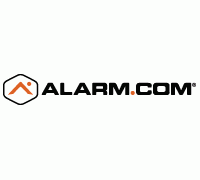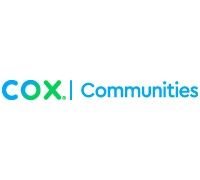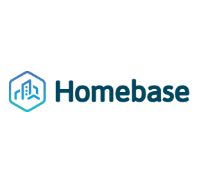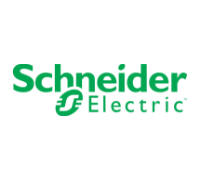Companies will soon add layers of security to connected products: Insights from Chamberlain Group
Martin Heckmann, Director, Emerging Business, Chamberlain Group, provided insight on several key industry trends ahead of Parks Associates’ 21st-annual CONNECTIONS™ Conference, which will be held May 23-25 at the Hyatt Regency San Francisco Airport:
What does the industry need to do to speed up the slow growth of overall smart home adoption?
The smart home is an inevitability: connected technology automates routine tasks and makes users feel more secure at home. It only takes one device. The first device is like a gateway drug and once people experience the value it brings to their lives, consumers want more.
and once people experience the value it brings to their lives, consumers want more.
To speed up the growth of smart home adoption, we need to educate consumers on the value connected devices will bring to their daily routines, and talk more about use cases and less about technology. Consumers will be more willing to invest in connected gadgets, as they learn how smart-home tech provides convenience, security, safety and peace of mind.
What are the best use cases for consumers and the Internet of Things?
There are practical and playful use cases for consumers. Some we can anticipate and countless others that will be discovered through the creativity of consumers, and high value automation platforms such as IFTTT. One of my personal favorite use cases includes every morning at 8:30 AM when I’m at the office and receive an alert that the garage door has opened. From my phone, and via a camera set up in the garage, I’m able to see my daughters file into the car and leave for school, which is a nice way to feel connected to my family even when I’m away.
What is the biggest driver for the connected consumer market?
Research indicates home security is the top reason for consumers to purchase a connected home device or adopt a connected home lifestyle, followed by energy savings and automation.
Over the past year or so, voice has made the smart home more accessible. Whether it’s asking Alexa to play a favorite song, what the weather is, or to lock the front door, a large percentage of users are using voice control via Amazon Echo or Google Home. Apple with HomeKit and Samsung with SmartThings have also broadened their offerings and integrations. All this leads to advancing awareness of the smart-home market, and users are becoming intrigued by how they can use voice technology to add value and convenience to their everyday lives.
Eventually, we believe consumers will rely on smart-home tech to be “in the know.” To know what is happening at their home while they’re away; to know when family or guests are entering or leaving the home; to control core functionality through their smartphone and know that their home is safe and secure.
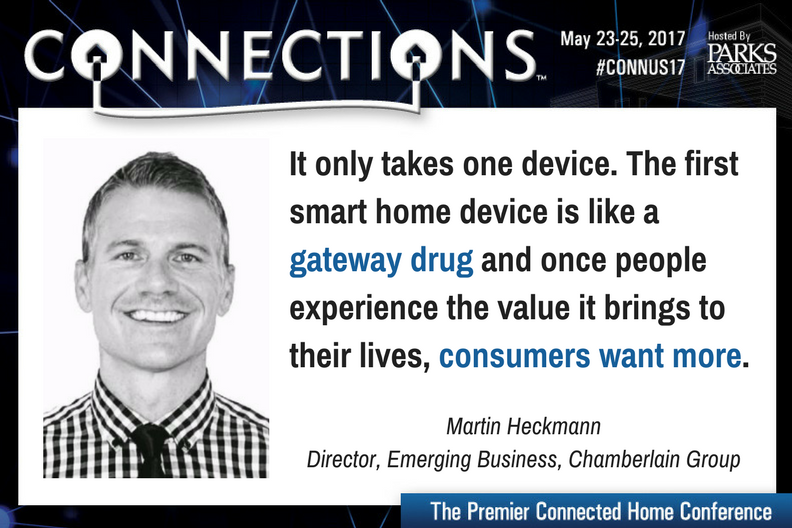
What are the greatest obstacles to the adoption of connected products and services in the home?
The greatest obstacles to mass-market adoption include consumer perceptions regarding security issues, interoperability, and price, all at the expense of smart-home products. In the next few years, we’ll see companies adding new layers of security, and driving down prices through mass production.
Heckmann will speak on the session “The Future for the Connected Consumer” on Tuesday, May 23 at 3:30 p.m. Joining Heckmann on the panel are speakers from HomeAdvisor, Nest Labs, Honeywell, and Wink.
For more information on CONNECTIONS™, visit www.connectionsus.com or register by clicking here.
Next: Product awareness can be biggest driver for connected home technology: Insights from MivaTek
Previous: Ayla Networks: Voice assistants will become even more appealing




 and once people experience the value it brings to their lives, consumers want more.
and once people experience the value it brings to their lives, consumers want more.


